The tap water we use daily primarily originates from rivers, lakes, reservoirs, or groundwater. Once the raw water enters the water treatment plant, it begins its ‘purification journey.’ Sedimentation: By adding chemicals like alum or polyaluminium chloride to the water, suspended particles and colloidal substances clump together into larger particles, which then settle to the bottom of the tank under gravity, forming sludge. Filtration: As water flows through filtration tanks filled with filtration media like quartz sand and activated carbon, suspended particles and tiny particles are further filtered out, making the water clearer. Disinfection: Using disinfectants like chlorine, ultraviolet light, or ozone, all bacteria and viruses in the water are killed, ensuring water safety.
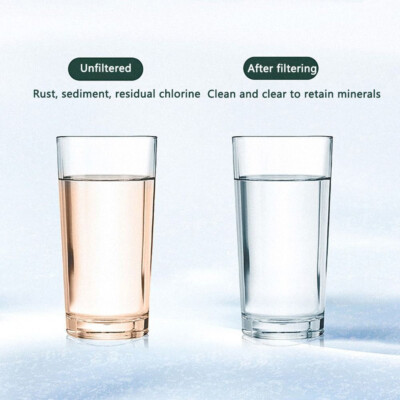
After undergoing this series of strict treatments, tap water meets the national standards for drinking water hygiene when it leaves the plant and is generally safe to drink. China's tap water standards are based on the ‘Sanitary Standards for Drinking Water’ GB5749 - 2022, which specifies clear requirements in terms of sensory characteristics and general chemical indicators, toxicological indicators, microbial indicators, and disinfectant routine indicators:
Sensory characteristics and general chemical indicators: colour must not exceed 15 degrees, normal turbidity must not exceed 1 NTU, there must be no odour or taste, and no visible particles, pH value must be between 6.5 and 8.5, hardness (calculated as calcium carbonate) must not exceed 450 mg/L, iron must not exceed 0.3 mg/L, manganese must not exceed 0.1 mg/L, copper must not exceed 1.0 mg/L, and zinc must not exceed 1.0 mg/L.
Toxicological indicators: arsenic must not exceed 0.01 mg/L, cadmium must not exceed 0.005 mg/L, chromium must not exceed 0.05 mg/L, lead must not exceed 0.01 mg/L, etc.
Microbiological indicators: Total bacterial count not exceeding 100 CFU/mL, and no detection of total coliform bacteria, thermotolerant coliform bacteria, or Escherichia coli in every 100 mL of water sample.
Disinfectant routine indicators: The contact time between chlorine gas or free chlorine compounds and water must be ≥30 minutes. The maximum allowable concentration in treated water is 4 mg/L, the residual concentration in treated water must be ≥0.3 mg/L, and the residual concentration in the end-of-pipe water must be ≥0.05 mg/L; The contact time between monochloramine and water must be ≥120 minutes. The maximum allowable concentration in tap water is 3 mg/L, the residual concentration in tap water must be ≥0.5 mg/L, and the residual concentration in the end-of-pipe water must be ≥0.05 mg/L.
The ‘hidden risks’ behind seemingly safe tap water
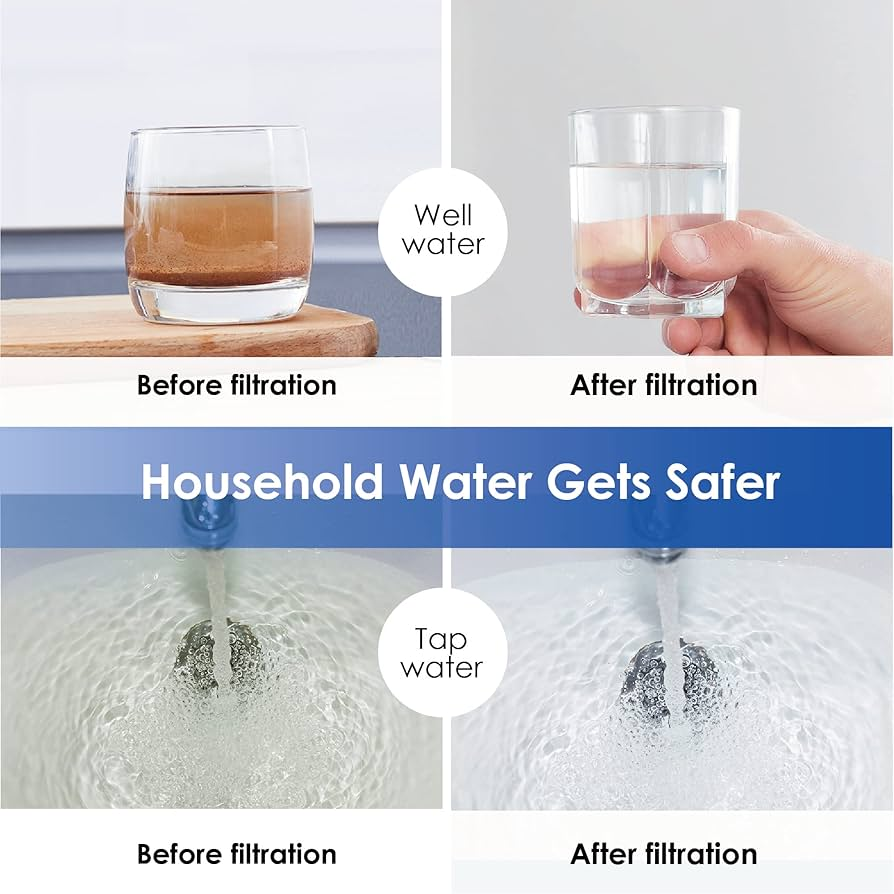
Although tap water meets standards when it leaves the water treatment plant, harmful substances may still be introduced during transportation and storage, posing a threat to our health.
Residual chlorine issues:
To prevent bacterial contamination, water treatment plants often add excessive amounts of chlorine for disinfection, resulting in residual chlorine in tap water. While small amounts of residual chlorine are beneficial, excessive amounts can be harmful. Residual chlorine is a strong oxidising agent that can give water a pungent odour and unpleasant taste. It may also react with organic compounds in water to form disinfection by-products such as trihalomethanes and haloacetic acids, which the International Agency for Research on Cancer has classified as possible human carcinogens. Long-term consumption of water containing excessive residual chlorine and disinfection by-products may increase the risk of cancer and cardiovascular diseases, and may also damage the skin and hair, causing dryness, itching, and brittle hair. Individuals with sensitive skin may experience more pronounced effects.
Heavy metal contamination:
If the city's water supply network is old and damaged, or if the water source is polluted by industrial wastewater and waste, heavy metals such as lead, mercury, cadmium, and chromium may be mixed into the tap water. These heavy metals cannot be naturally metabolised and excreted by the human body and will slowly accumulate, damaging multiple organs and systems. For example, lead can impair neurological development, leading to reduced intelligence and attention deficits in children, and headaches, insomnia, and memory loss in adults; mercury can damage the brain and nervous system, causing vision loss, limb numbness, and mental abnormalities; Cadmium can damage the kidneys and bones, leading to kidney failure, osteoporosis, and bone pain. Japan's ‘Itai-itai disease’ is caused by cadmium pollution.
Microbial contamination:
Although water treatment plants disinfect the water, during pipeline transportation, if the pipes are damaged or secondary water supply facilities are not cleaned promptly, microorganisms may multiply again. These microorganisms entering the human body can easily cause intestinal diseases such as diarrhoea, vomiting, dysentery, and typhoid fever, and in severe cases, they can threaten life and health. Elderly people, children, and pregnant women with weaker immune systems are at higher risk of infection. In older residential areas, if secondary water supply tanks are not cleaned for an extended period, incidents have occurred where residents collectively experienced diarrhoea after consuming tap water contaminated with microorganisms.
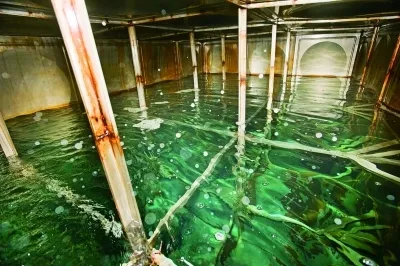
Water quality varies greatly across regions
China is a vast country with diverse natural resources. Water sources, geological conditions, and levels of industrial development vary across regions, resulting in significant differences in water quality. Consequently, residents' needs for tap water filtration also differ.
Southern Regions: These areas receive abundant rainfall, with water sources primarily consisting of surface water. The water is relatively soft, resulting in minimal scale buildup when boiling. However, the humid climate facilitates rapid microbial growth, making water sources susceptible to contamination by algae, bacteria, and other microorganisms. In some industrially developed regions, issues such as heavy metal pollution and excessive levels of organic pollutants also exist. For example, in some areas of Guangdong Province, due to the electronic waste processing industry, water sources may contain heavy metals such as lead and mercury; in some coastal cities of Fujian Province, seawater intrusion can increase the salt content in water.
Northern Regions: The climate is dry, and water sources are primarily groundwater or Yellow River water, resulting in generally hard water with high levels of calcium and magnesium ions, leading to more scale buildup when boiling water. Long-term consumption of water with excessively high hardness may increase the risk of developing conditions such as kidney stones. In Beijing, Tianjin, and other areas, excessive groundwater extraction has led to higher water hardness. When heated, calcium and magnesium compounds in the water form calcium carbonate and magnesium hydroxide precipitates, which adhere to the bottom and inner walls of kettles. In some northern regions dominated by heavy industry, water sources are prone to contamination from industrial wastewater and waste residues, with potential exceedances of heavy metals, sulphides, phenols, and other pollutants in the water.
Industrialised regions: The Yangtze River Delta, Pearl River Delta, and Beijing-Tianjin-Hebei regions are economically prosperous but face severe water pollution issues. Industrial production emits large amounts of wastewater containing heavy metals, organic compounds, and chemical agents. Although treated by wastewater treatment plants, some pollutants may remain, affecting tap water quality.
Remote mountainous areas or rural areas: Water supply facilities are relatively underdeveloped, lacking comprehensive water quality testing and treatment capabilities. Water sources are easily contaminated by pesticides, fertilisers, domestic wastewater, and livestock manure, leading to potential exceedances of microbial, ammonia nitrogen, and phosphorus levels in the water.
Different populations have varying needs
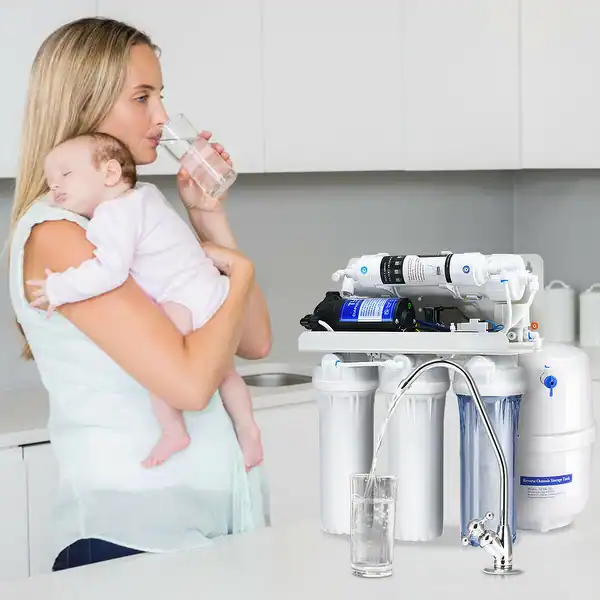
Different populations have distinct physical conditions and physiological requirements, resulting in differing needs for tap water filtration.
Infants: Infants' organs are still developing, and their immune systems are fragile, so they have extremely high requirements for water quality. Even trace amounts of heavy metals, bacteria, and viruses can affect their health. For example, lead can impair neurological development and lead to delayed intellectual development; bacteria and viruses can easily cause diarrhoea, respiratory infections, and other diseases. For households with infants, it is recommended to use water filtered through a reverse osmosis (RO) water purifier for preparing formula and making baby food.
Pregnant women: During pregnancy, a woman's metabolic and physiological functions undergo changes, and her immune system becomes relatively weaker, necessitating stricter water quality standards. High-quality water sources ensure the purity and safety of nutrients. Poor water quality may lead to infections in pregnant women, affecting foetal health. Heavy metals in water may cause foetal malformations or developmental abnormalities; microbial contamination may trigger intestinal infections, increasing the risk of premature birth or miscarriage. Pregnant women and their families are advised to use water purifiers to deeply filter tap water or choose high-quality bottled water for drinking.
Elderly people: As they age, the elderly experience a decline in bodily functions, with weakened digestive and immune systems, making them more sensitive to changes in water quality. Water with excessively high hardness can increase the burden on the kidneys and raise the risk of developing stones; contaminants such as residual chlorine, heavy metals, and microorganisms in water can easily cause respiratory and digestive tract diseases. If the elderly have chronic illnesses, drinking unclean water may exacerbate their conditions. For the sake of the elderly's health, installing a water purifier to filter tap water is still necessary.
Individuals with weakened immune systems: This includes those with chronic conditions (such as HIV/AIDS, cancer, diabetes, kidney disease, etc.), those taking immunosuppressive medications (such as organ transplant recipients on anti-rejection drugs), and patients undergoing chemotherapy or radiation therapy. Their weakened immune systems make them more susceptible to waterborne contaminants, increasing the risk of infection. For such individuals, ensuring the purity and safety of drinking water is critical, and using a water purifier can reduce the risk of infection.
For those sensitive to taste: These individuals seek a better drinking experience and find it difficult to tolerate the chlorine taste, rusty taste, or other off-flavours in tap water. Water filtered by a water purifier can remove these off-flavours, improve taste, and encourage them to drink more water voluntarily.
Water Purifier ‘Unveiled’
With the wide variety of water purifiers available on the market, understanding their types, working principles, and filtration effectiveness is key to making an informed choice.

Reverse Osmosis Water Purifiers: These are very popular in the market. Their core component is the reverse osmosis membrane (RO membrane), with pore sizes of approximately 0.0001 microns. Under pressure, water molecules can pass through, while impurities such as inorganic salts, heavy metal ions, organic compounds, colloids, bacteria, and viruses are retained. Some water passes through the RO membrane to become purified water, while the rest becomes concentrated water (wastewater). It has extremely high filtration precision, removing almost all impurities, with the purified water approaching pure water standards and suitable for direct consumption. It is ideal for households with high water quality requirements. However, it produces a certain proportion of wastewater during operation (wastewater ratio is approximately 1:1 to 2:1) and requires electricity, resulting in relatively high operating costs.
Ultrafiltration water purifier: This uses ultrafiltration membranes for physical filtration, with pore sizes typically ranging from 0.01 to 0.1 microns. As tap water passes through, larger particles such as sand, rust, and suspended solids, as well as bacteria, viruses, and large organic molecules, are blocked, while water molecules and beneficial minerals and trace elements can pass through, thereby achieving purification. Its advantages include no electricity requirements, as it uses the pressure of tap water for filtration, making it energy-efficient and environmentally friendly; it does not produce wastewater; and the filter cartridge has a relatively long lifespan with low maintenance costs. It is suitable for areas with good water quality or for those who wish to retain minerals in the water. However, its filtration effectiveness for heavy metal ions, small organic molecules, and dissolved salts is limited, so it may not meet requirements in areas with poor water quality.
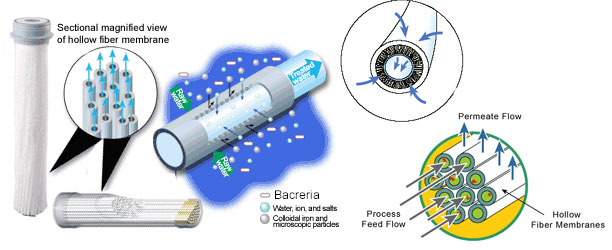

Activated carbon water purifier: This type of purifier relies on the adsorption properties of activated carbon to purify water. Activated carbon has a rich pore structure and large specific surface area, enabling it to adsorb residual chlorine, odours, organic compounds, and certain heavy metal ions. As tap water passes through the activated carbon filter cartridge, harmful substances are adsorbed, and the taste and odour of the water are improved. It has a simple structure, low cost, and is easy to install and maintain. However, its filtration effectiveness is limited, and it is typically used as a primary filtration device or in combination with other types of water purifiers. It cannot completely remove harmful substances such as bacteria, viruses, and heavy metals, and does not meet the requirements for direct consumption.

Is it a ‘miracle device’ or a ‘scam’?
Water purifiers are currently receiving significant attention, and opinions on them vary widely.
Significant advantages
Improves water quality: It effectively removes impurities, odours, residual chlorine, heavy metals, bacteria, and viruses from water, enhancing water quality and reducing health risks. This is particularly important for residents in areas with contaminated water sources or poor water quality.
Convenient use: No need to frequently purchase bottled water; clean drinking water is always available to meet daily household water needs.
Cost-saving: Although there is an initial investment cost, it is more cost-effective in the long run compared to purchasing bottled water. It also extends the lifespan of water-related appliances, reducing maintenance and replacement costs.
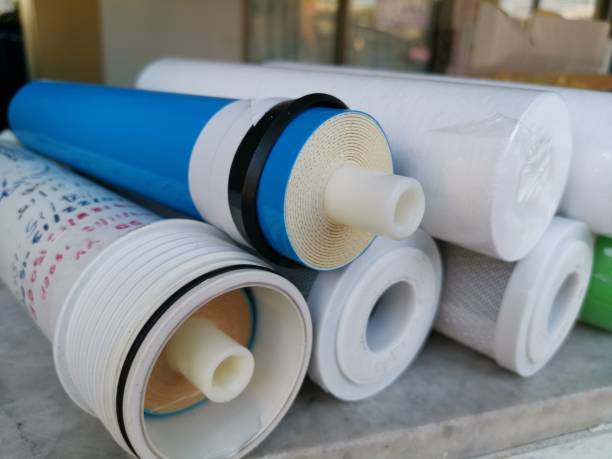
Drawbacks and Costs
Purchase Cost: Prices vary significantly, ranging from several hundred to several thousand pounds, which may be a financial burden for households with limited budgets. Installation costs must also be considered, and complex installations may incur additional expenses.
Filter cartridge replacement costs: Filter cartridges need to be replaced regularly to ensure filtration effectiveness. Different cartridges have varying replacement cycles (PP cotton cartridges every 3–6 months, activated carbon cartridges every 6–12 months, ultrafiltration membrane cartridges every 1–2 years, and reverse osmosis membrane cartridges every 2–3 years), with annual replacement costs ranging from several hundred to over a thousand yuan. If not replaced promptly, this not only affects water purification effectiveness but may also lead to secondary contamination.
Electricity costs: Some water purifiers require electricity to operate, and reverse osmosis water purifiers have relatively higher electricity costs.
Wastewater issues: Some water purifiers produce wastewater during operation. For example, the wastewater ratio for reverse osmosis water purifiers is typically around 1:1 to 2:1, which can be wasteful of water resources and may concern environmentally conscious users.
Your handy ‘purchasing guide’ Choose the type based on water quality and needs
Poor water quality or high water quality requirements: Choose reverse osmosis water purifiers, which have high filtration precision and can effectively remove various harmful substances. Good water quality: Choose ultra-filtration water purifiers;Improve taste: Use activated carbon water purifiers as an initial filtration option, or combine them with other types of water purifiers.
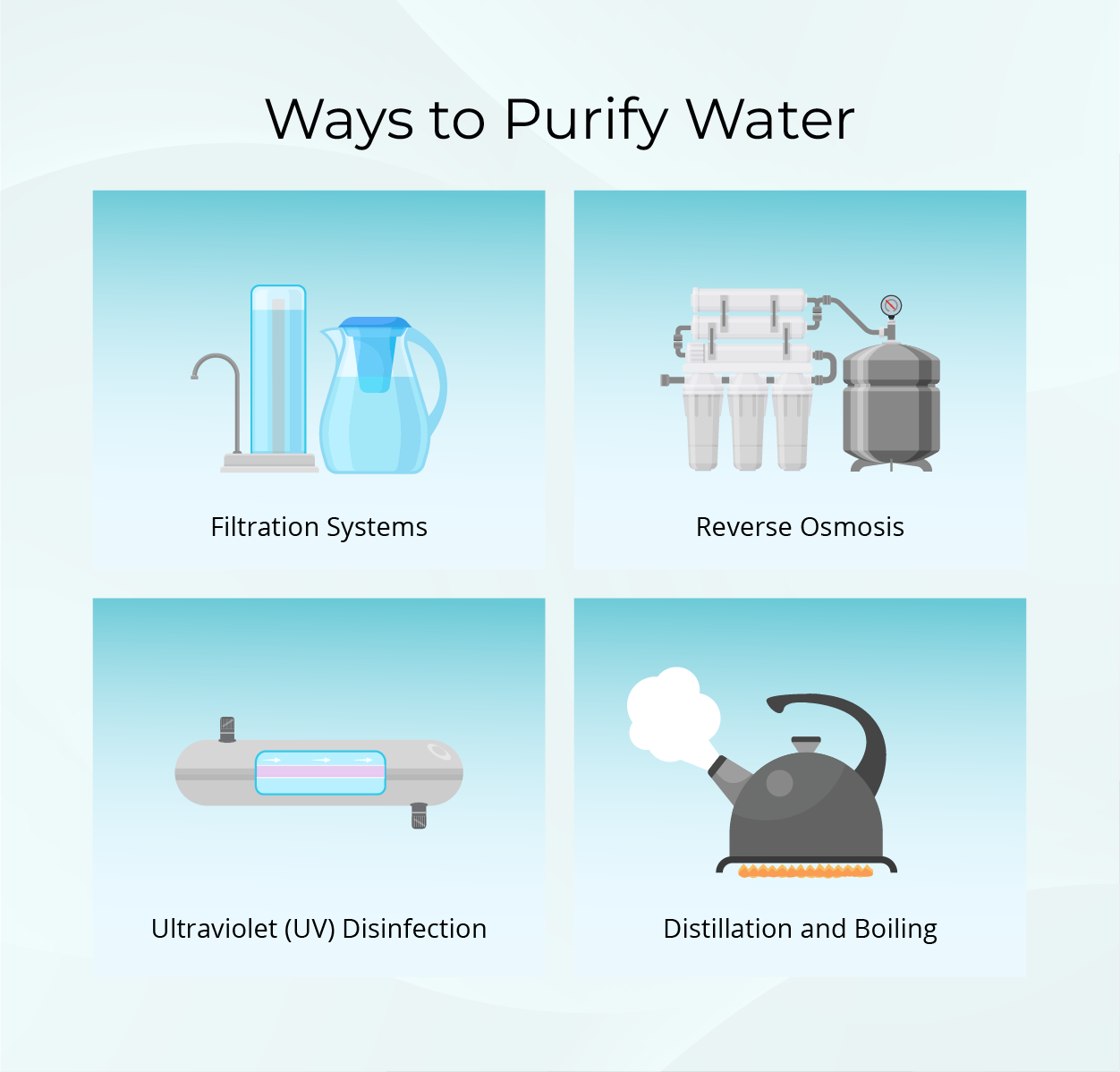
Pay attention to key parameters
Flow rate: The flow rate determines the water output speed. For most households, a water purifier with a flow rate of 600G to 1200G is sufficient. If there are more family members or higher water demand, choose a product with a flow rate of 1000G or higher. Filter cartridge lifespan and cost: The lifespan of filter cartridges varies by brand and model. RO membrane cartridges should be replaced every 2–5 years, PP cotton cartridges every 3–6 months, and activated carbon cartridges every 6–12 months. When purchasing, understand the price and replacement cycle, calculate the long-term usage cost, and choose products with longer filter cartridge lifespans and lower replacement costs. Wastewater ratio: The lower the wastewater ratio, the higher the water resource utilisation rate, making it more energy-efficient and environmentally friendly.
Consider brand and after-sales service
Prioritise well-known brands such as Qinyuan, Angel, Midea, and Haier, as these brands offer greater assurance in terms of product quality, technological innovation, and after-sales service. High-quality after-sales service includes installation services, filter replacement reminders, maintenance, and repairs. Before purchasing, understand the distribution of after-sales service centres and the quality of their services. For example, the Smith Jianite Blue Whale water purifier features intelligent filter replacement reminders and a four-stage noise reduction design, and the brand’s after-sales service is also well-established.
Set a reasonable budget
Reverse osmosis water purifiers cost approximately 1,500–5,000 yuan; ultrafiltration water purifiers cost approximately 500–2,000 yuan; and activated carbon water purifiers cost approximately 100–500 yuan. Set a budget based on your financial capabilities, considering cost-effectiveness, but do not overlook product quality and performance.
Installation precautions
Before installation, ensure a stable power supply (if the water purifier requires electricity) and suitable water source connections, and consider the installation space. It is best to have a professional install it to avoid issues like leaks. If installing it yourself, carefully read the manual and follow the steps. When connecting water pipes, pay attention to the sealing of the connections; use PTFE tape or sealant for sealing. After installation, perform a water test to check for leaks. In northern regions, avoid outdoor installation to prevent the ultrafiltration cartridge from freezing and cracking, and protect it from direct sunlight. If the water purifier is installed before a water heater or other heating device, ensure it is positioned below the water heater to prevent steam from entering and damaging the filter cartridge.
Whether tap water needs to be filtered by a water purifier depends on various factors, including local water quality, population needs, and the characteristics and cost of the water purifier. For residents in areas with poor water quality and special populations with high water quality requirements, a water purifier is an excellent tool for ensuring drinking water safety. In areas with good water quality and for populations in good health, the decision to use a water purifier can be made based on personal preference and financial capability. Hopefully, this article provides some guidance on tap water filtration and water purifier selection. If you have any opinions, experiences, or questions, feel free to share and discuss them in the comments section. Let's work together to safeguard our families' drinking water health!
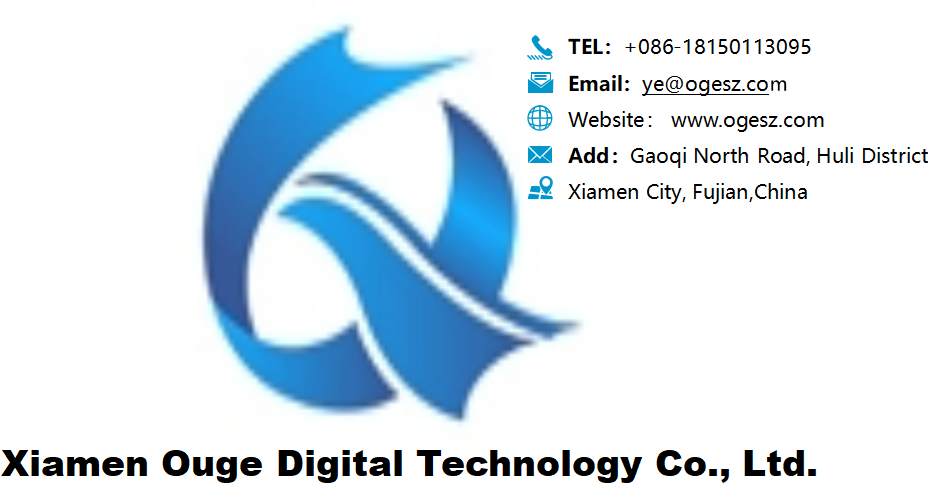
 Reverse Osmosis Technology for Wastewater Treatment: Understanding How RO Systems Operate
Reverse Osmosis Technology for Wastewater Treatment: Understanding How RO Systems Operate
 The “Magic” of Turning Seawater into Freshwater: Unveiling the Core Secrets of Reverse Osmosis Technology
The “Magic” of Turning Seawater into Freshwater: Unveiling the Core Secrets of Reverse Osmosis Technology
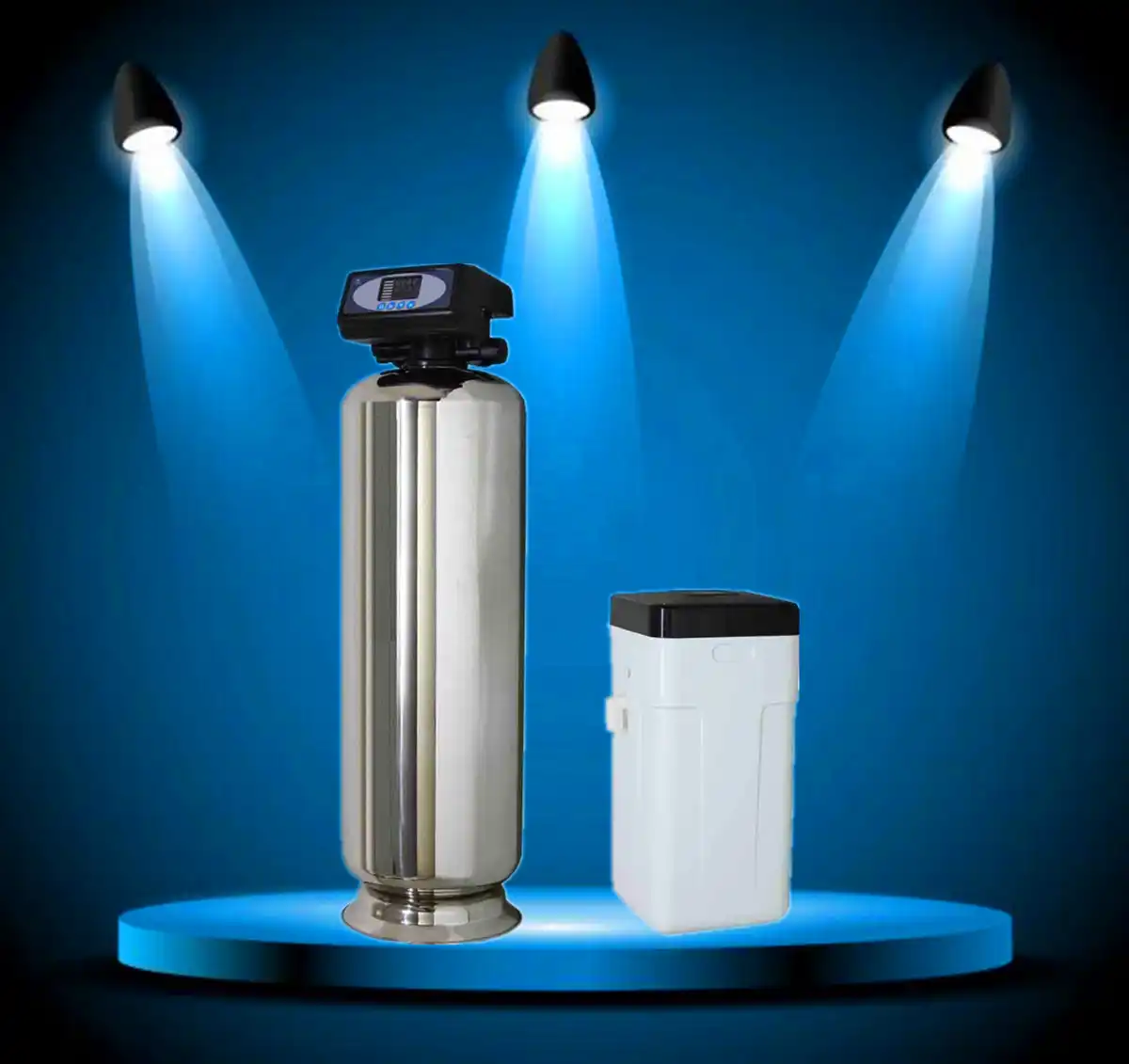 How to Choose Reliable Central Water Filtration and Water Softening Systems? Most People Get It Wrong!
How to Choose Reliable Central Water Filtration and Water Softening Systems? Most People Get It Wrong!
 In rural areas, where groundwater from wells is the primary water source, is it truly necessary to install water purification equipment?
In rural areas, where groundwater from wells is the primary water source, is it truly necessary to install water purification equipment?